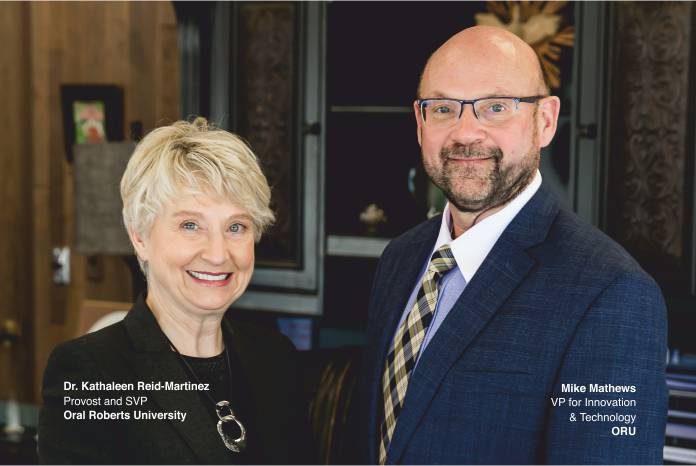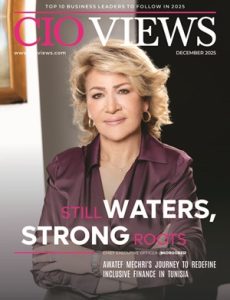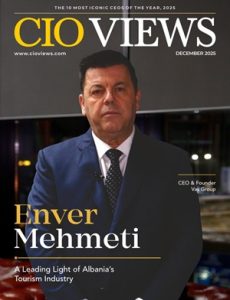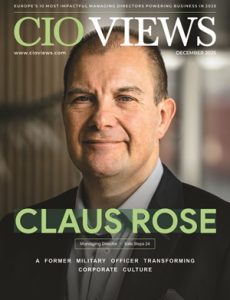Don’t confuse a diploma or transcript with credentials
To appreciate why secure and trusted digital credentials matter, the definition of the word ‘credential’ is important to review. The word credential is best described by Oxford’s Lexico:
-
- A qualification, achievement, personal quality, or aspect of a person’s background, typically when used to indicate that they are suitable for something.
- A document or certificate proving a person’s identity or qualifications. Synonyms: documents, papers, identity papers, bona fides, recommendations.

One of the greatest gaps that exist between colleges and universities and the workforce is the ability to issue, rate, or qualify an individuals’ credentials for employment. The gap is immense, as many make the mistake of believing that the transcript is the digital credential that helps employers validate the value of an employee. The reality is the transcript is a piece of the validation processes, but there are many more validators of the value of a person that fall under the definition of a ‘credential.’
Googles’ decision to no longer use the GPA and transcripts as indicators is unique, but also revealing. This decision is fairly and appropriately addressed by Google’s SVP of HR as far back as 2013.
…After two or three years, your ability to perform at Google is completely unrelated to how you performed when you were in school, because the skills you required in college are very different,” he said. “You’re also fundamentally a different person. You learn and grow, you think about things differently. Another reason is that I think academic environments are artificial environments. People who succeed there are sort of finely trained, they’re conditioned to succeed in that environment. One of my own frustrations when I was in college and grad school is that you knew the professor was looking for a specific answer. You could figure that out, but it’s much more interesting to solve problems where there isn’t an obvious answer. You want people who like figuring out stuff where there is no obvious answer.”
Oral Roberts University’s VP of Technology and Innovation, Michael Mathews believes that GPA and transcripts do matter, and they are an important part of a person’s credentials. However, he admits that because the transcript has become such a small slice of the overall credentials of a person, employers don’t put a lot of weight on the value of just the transcript. In other words, a person should not expect to stand on their transcripts to ensure an accurate or fair value assessment from a potential employer. If an employee really wants to set themselves apart from other potential hires, they would be wise to accumulate and be ready to show their net worth via all their credentials — and as quick as possible. The quickest manner to do this is to have all the credentials accessible/viewable in a digital format.
Transcripts have become a mere validator to show if a person has achieved a base-line qualification for a job, but it does not reflect the quality or value of the person being hired. Mathews has obtained a minimum of 15 VP level job offers over the past 10-years — and not once has the recruiting employer asked for his six transcripts as an indicator of his qualifications. However, they have asked him to verify many of his other credentials such as his speaking engagements at the White House, Patents, published works, leadership style, and awards. Even though LinkedIn has many of his credentials listed, LinkedIn is not a repository of factual information that can be validated as being the original record that he has earned any type of qualifying credential(s).
The power of digital credentials through a Blockchain-based platform

With transcripts being only one element of a person’s digital credentials, the ability to have a more comprehensive method to digitally store and validate all documents, experiences, publications, transcripts, badges, recommendations, certifications, etc. is warranted. In a perfect world, a person would have a personalized digital ledger of all the assets representing their personal credentials – no matter how many colleges, universities, trade schools, jobs, awards, on-the-job experiences they are distributed across.
Ironically, a ledger style repository known as a ‘distributed ledger’ is exactly how the Blockchain platform is designed. A Blockchain-based platform allows a personalized repository of an individual’s credentials; in a digital format. Within that digital format, each piece of evidence that is part of a person’s credentials has a unique, secure, and trusted key known as a token. The token allows each individual to have personalized and private access which they and they alone own; as they earned or paid for that credential. Within the locked token location, the owner can decide to share the contents with a potential employer. However, at no point can anyone modify the document(s) and replace the original. The original document with the distributed ledger key remains linked-together, as the only ‘master’ copy. If someone tries to edit, replace, or modify the document it cannot be re-entered into the repository and will be viewed as a counterfeit and untrusted credential.
As an example, the ledger within the Blockchain platform called Pistis for Michael Mathews has the following two pieces of his many digital credentials. Each piece has an associated token that allows them to be unlocked, viewed, and shared with others. The first credential document is a transcript he earned 21-years ago. It is assigned to the personal ledger of Michael Mathews and viewable through the credential token of ‘QmRFrbqtGVhwjnurTKvW8wYkrxdhZ8SmY9rCgDSV9T4NTV.’

A 25-year Old Transcript Stored in Pistis Blockchain Platform
The second document is an actual award certificate earned by Michael Mathews in July 2019 that validates his award winning credential status and viewable with the credential token of ‘Qme3Tv1KxCK1vq4wdGh926Ze2sS1izzP4kymZmPAZKqpES’
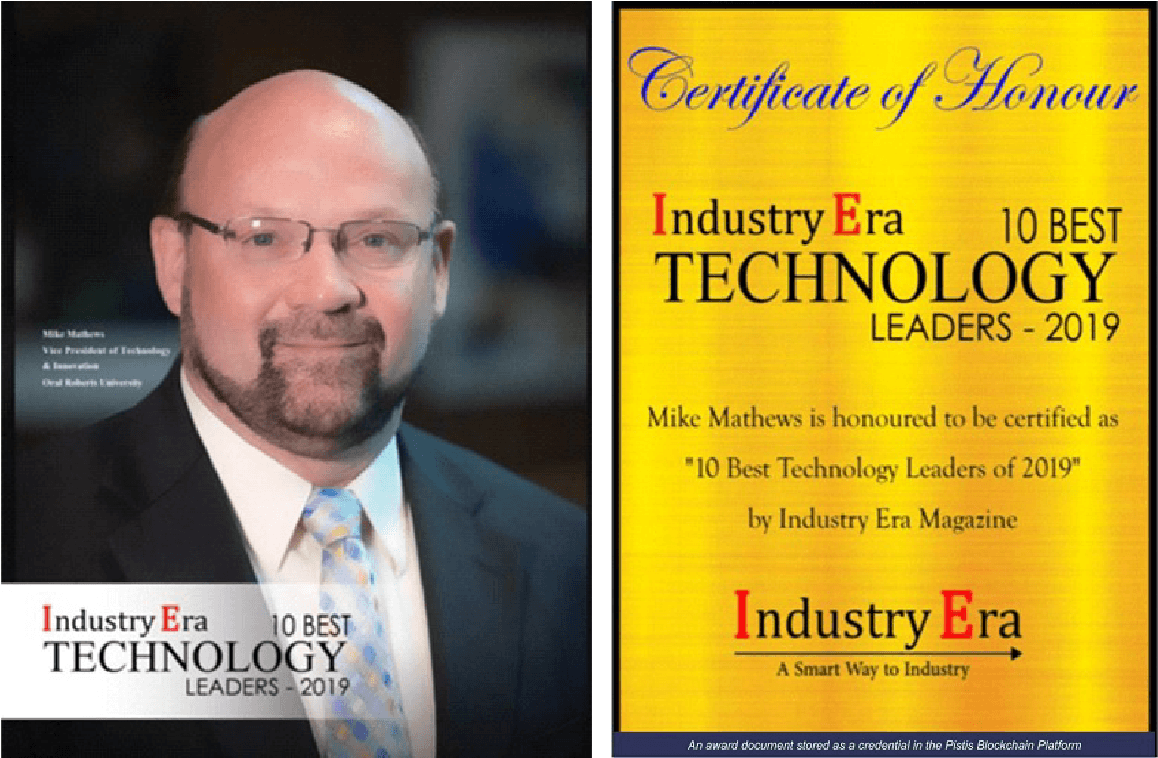
An award document stored as a credential in the Pistis Blockchain Platform
To show the ‘fluidity’ of Michael’s digital credentials, any reader of this article can now go to https://pistis.io and type in his certificate tokens listed above. After they type in the token they can view Michael’s two credential artifacts. Remember, Michael is no different than any other person in that he desires people to see his credentials. He is assured that you cannot change or modify his credentials based on the Blockchain technology platform. All Michael’s artifacts of credentials including books, publications, awards, and degrees are in his digital repository, but only shareable if he sends you the credential token for viewing, In other word’s Michael is able to instantly view and share his entire credentials with anyone he chooses.
Summary
Digital credentials include educational transcripts and diplomas. However, the true value of an individual’s credentials includes their education and experience with accompanying commendations, job evaluations, awards, achievements, publications, etc. A digital credentialing platform allows all the assets of an individual to be stored and shared as a collective ledger of their value. A digital credentialing platform using Blockchain-based technology allows the most accessible, secure, and trusted manner to store all personal credentials.
Ultimately, students are attending colleges and universities to earn a rewarding career, thus the importance of creating a personalized and trusted repository that they can share with potential employers. With the advancement of Blockchain technologies such as Pistis, both education and employers can create a very similar personalized and matching criteria like CARFAX has. Much like the registration and title process for car needs a traveling document to verify its history (CARFAX); a transcript and diploma are no longer enough to validate the value and credentials of an individual. Pitsis and ORU are already working on taking the digital credentials within the Blockchain ledger and creating an EduFax that allows employers to map and match the digital credentials against job requirements. Below are the first draft models of three types of EduFax documents (below) that will show the value of having a trusted and clear pathway to personalizing credentials.



